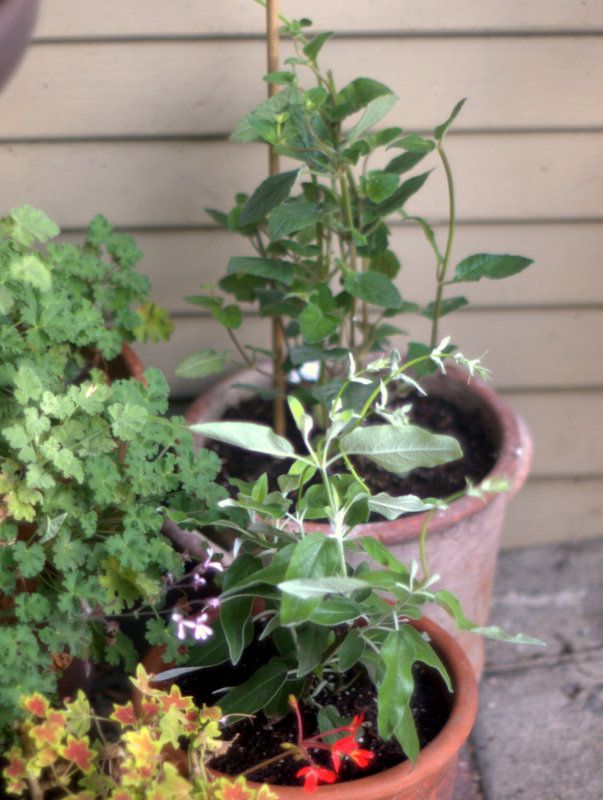
The salvia order from Flowers by the Sea arrived early in the week in exceptional condition and has been potted up. Included in the order were the two above, Salvia discolor ‘Purple Bracts’ in the foreground, Salvia patens ‘Guanajuato’ in the back, as well as the hybrid ‘Raspberry Truffle’ and S. gesneriiflora ‘Tequila.’ Because every one of them is a big bruiser in the ground (aside from S. discolor), they will all be grown in containers, eventually much larger than these, and will be cut back hard in early spring, shuffled to the back wall during summer, root-pruned if necessary, kept watered, fed, and pinched until fall, when they will be brought out again ablaze in blue, purple, and magenta trumpets. That’s the plan anyway. Autumn plans are so much easier than summer implementation. It’s been so long since I’ve grown the big salvias from Mexico that I forget the reasons I stopped growing them — hence the journal entry — apart from their oversize dimensions and keeping them irrigated in the garden all summer until fall bloom. Growing them in containers is the new strategy.

Salvia gesneriiflora ‘Tequila,’ leaves still wrinkled from transport.
The salvia infatuation ebbs and flows but never entirely goes away. This nostalgic episode was triggered by finding a beautiful 3-foot specimen of Salvia mexicana ‘Limelight’ grown by Native Sons at a local nursery and me realizing it’s time again to take advantage of one of the singular perks of having a garden in Southern California, e.g., winter-blooming salvias. Plus, no doubt it’s a form of garden comfort food for me. Plus, at the moment I can use a good distraction.
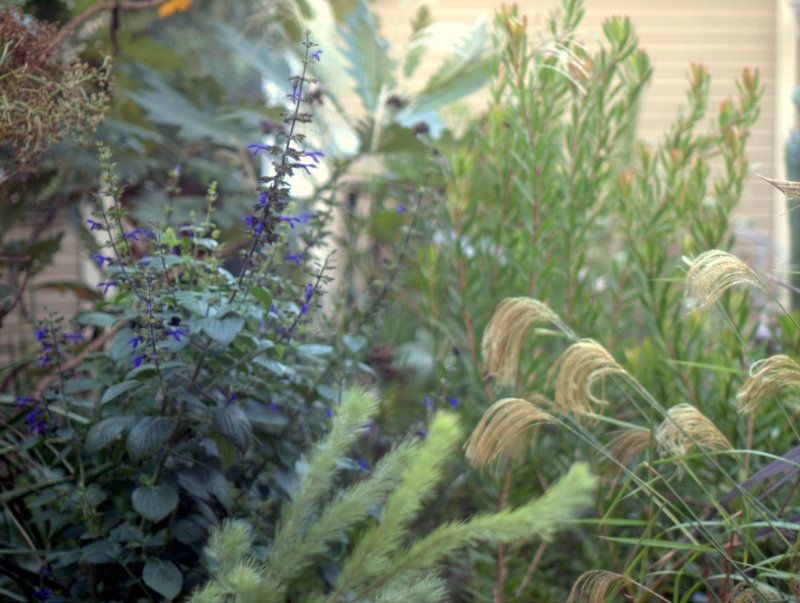
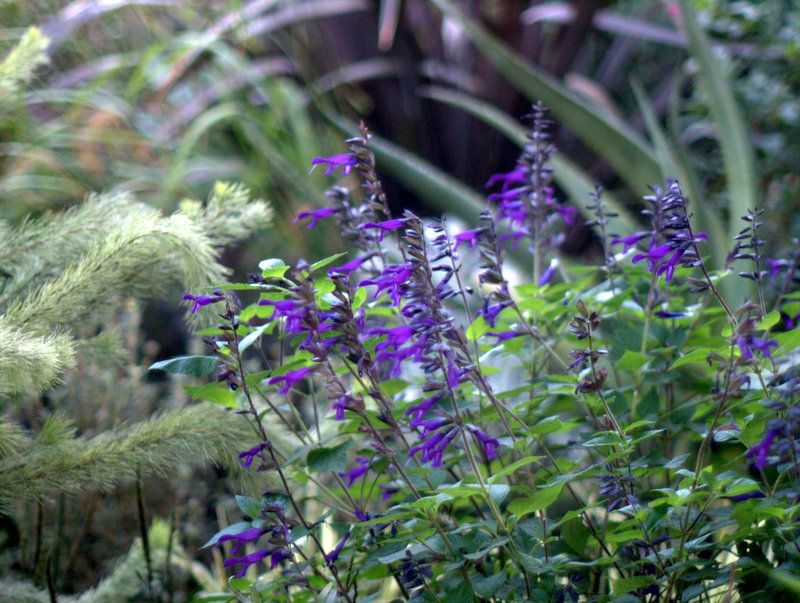
All of these are reputed to bloom fall/winter here in zone 10. Slipping containers in amongst the dry garden shrubs and succulents or on the patio seems for now to be the best use of resources rather than attempting to give the entire garden the water the salvias need. Watching the hummingbirds’ crush on the salvias, the slanting autumn light outlining halos on everything it brushes — I love everything about this spin of the axis.
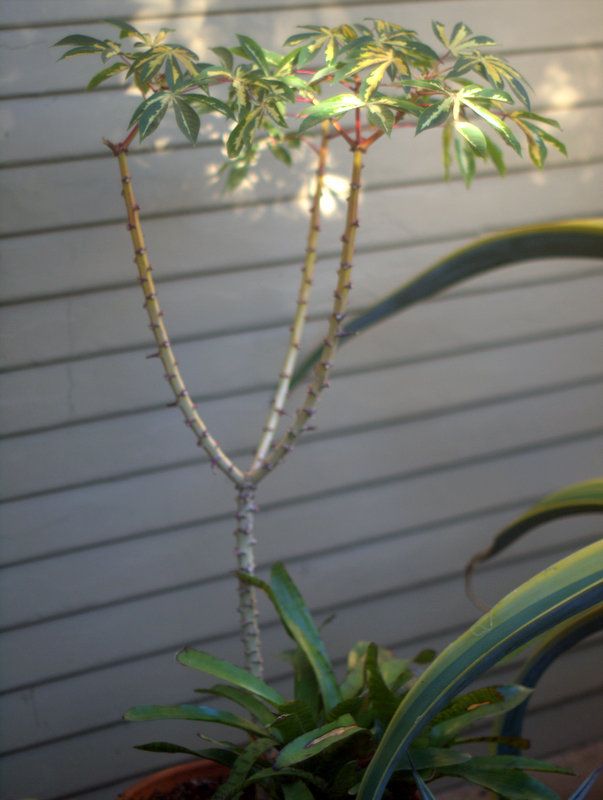
But it’s not all sunshine and dreamy light. The damage that the dry, hot Santa Ana winds can do should never be underestimated. Which is what I did when I left the bitter cassava exposed to the Santa Ana’s full blast. I felt like an absolute idiot, but I noted when I next visited the nursery again that their stock looked denuded exactly like mine.
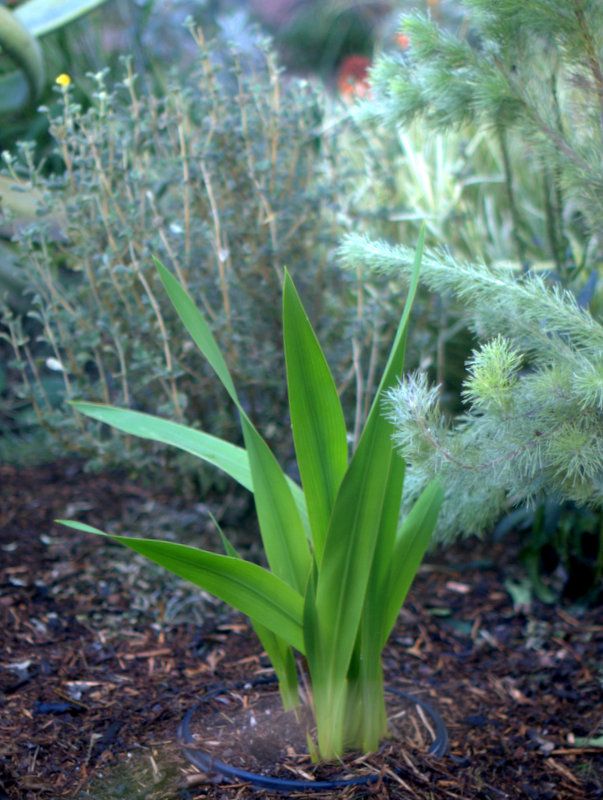
Another small-garden hack. The same thinking is behind sinking this pot of watsonia in the ground. An unknown peachy-flowered species brought home from a Strybing sale, it makes a big clump of enormous leaves. After spring bloom the pot will be lifted and something else will take its place. Or not. Lots of mulch was made from garden clippings ground up in the shredder, and it’s been applied liberally to open areas and paths. I love freshly laid mulch. And so do the raccoons, who visited this area immediately after mulch was laid down looking for grubs, breaking quite a few branches of that coastal woolybush. I know instantly upon opening the back door in the morning whether the garden received night visitors, because the cat’s water bowl will be muddy and need rinsing.
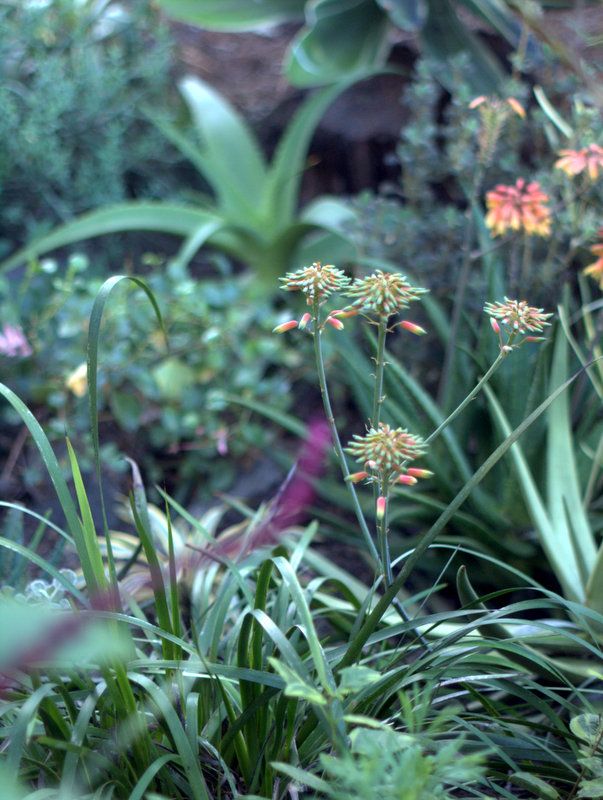
None of the budding aloe bloom stalks were broken, thank heavens. These are Aloe scobinifolia.
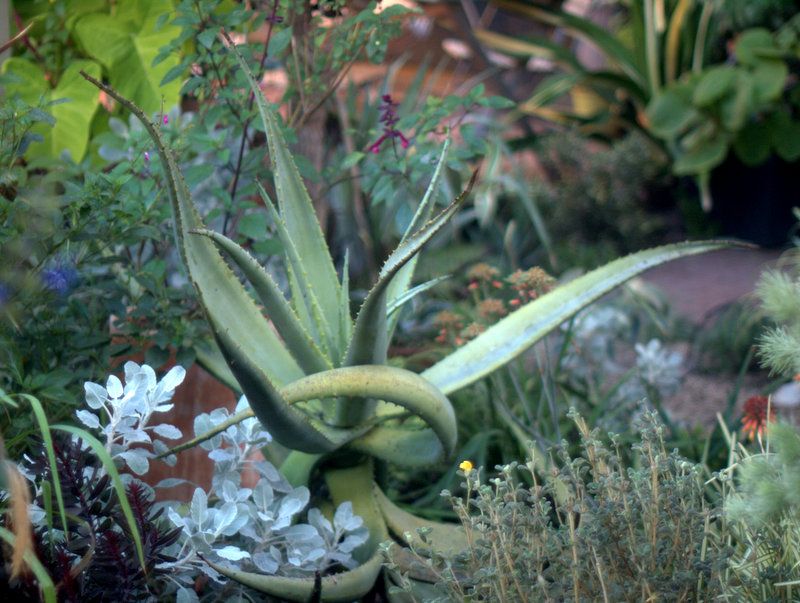
Perhaps the aloe blooms are somewhat protected from trampling and breakage by this whirling dervish of an aloe hybrid, possibly a ferox cross. It’s developing a trunk and will eventually rise up over the plantings, no longer crossing swords with other plants and generally getting in everyone’s grille. It will be a lovely, tall, twisting dervish then. That is, if it manages to avoid an attack by the dreaded aloe mite.
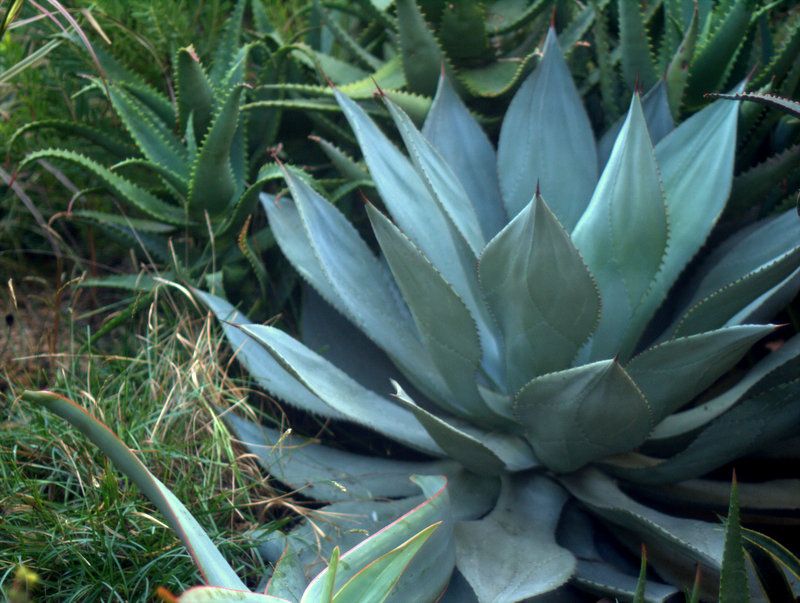
There’s no honest discussion of growing aloes in Southern California without including mention of their arch nemesis, the villain Aceria aloinis aka aloe mite. The tree aloe ‘Goliath’ is still in treatment, recovery uncertain, and today I opted to remove a big Aloe cameronii after noting the distinctive thickening and micro-ruffling of leaf edges near the center, the arrival of which seemed to coincide with the cooler nights. Some growers refer to it as aloe cancer. The disfiguring galls build up to conceal and protect the nefarious activities of the mites. Because of my habitual overplanting, Aloe cameronii’s absence is barely perceptible, but just a few hours earlier it was arising out of that clump of sesleria to the left of Agave ‘Dragon Toes.’ Aloe elgonica behind the agave appears to be uninfected for now. Perhaps it’s resistant.
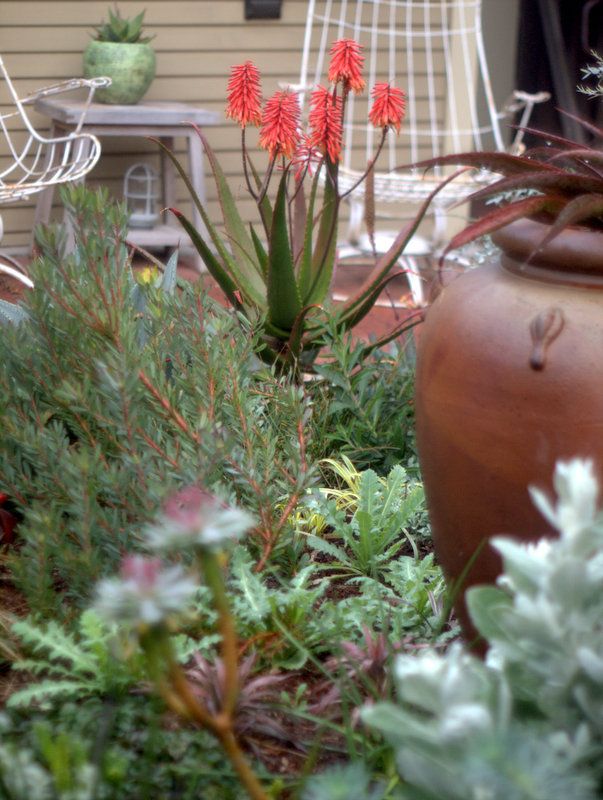
Aloe cameronii February 2016
Luckily I have a clean, yellow-flowering Aloe cameronii in the garden elsewhere as consolation. Most heartbreaking of all was the attack on the marlothii x peglerae hybrid, one of the most beautiful plants I’ve grown. I opted to try to save it, taking off most of its disfigured leaves.
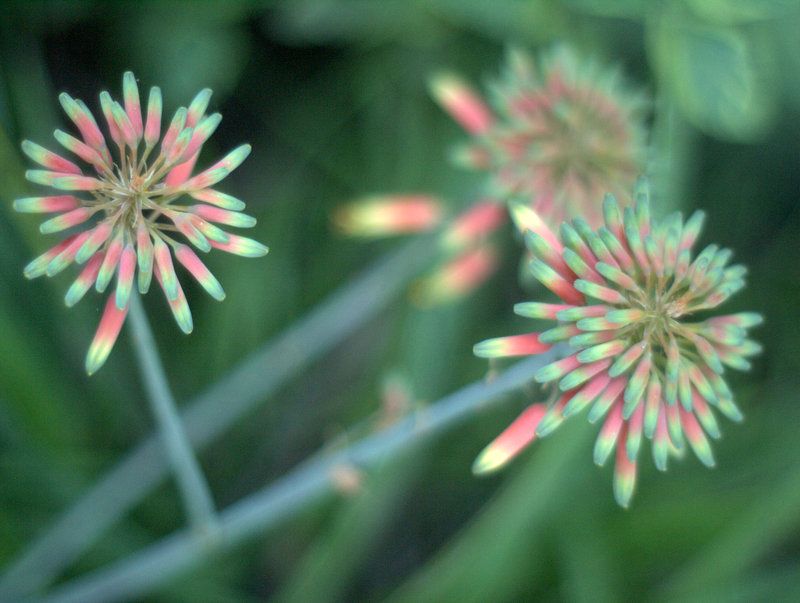
I’ve had a couple aloes respond to this treatment of taking off the affected leaves and dosing the wounds with rubbing alcohol. I’m reading that along with unknowingly bringing in infected plants, ants spread the mites around, and if that’s the case the situation is pretty much hopeless. Unless I want to grow aloes in containers…
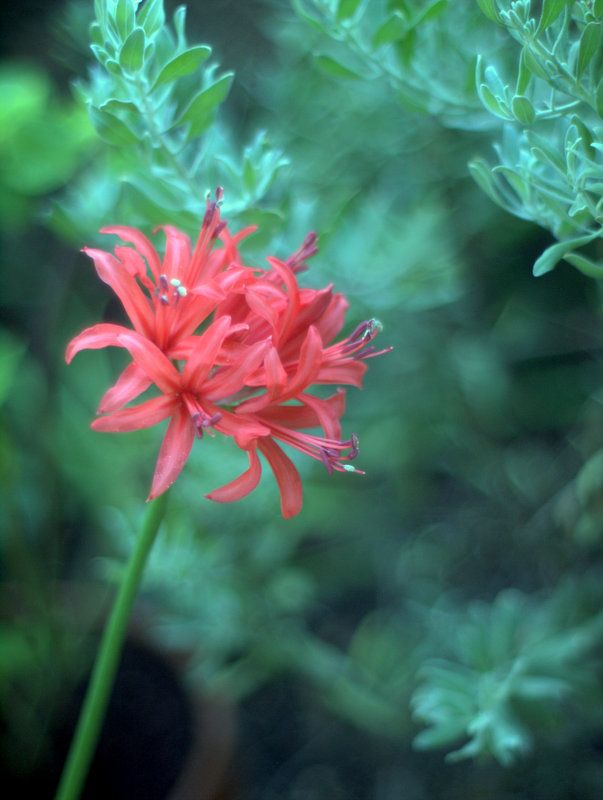
And I really don’t, because there are already so many containers. My one pot of nerines is throwing three bloom stalks. Summer-dry bulbs from South Africa, they’re a good fit for LA.
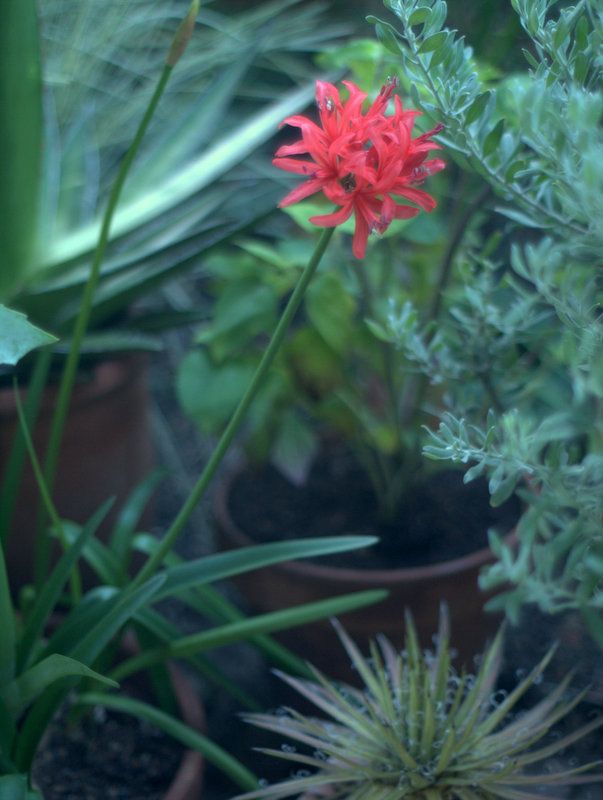
They were initially planted in the front gravel garden, but I’ve noted the bulbs fatten up faster for best bloom in container conditions.
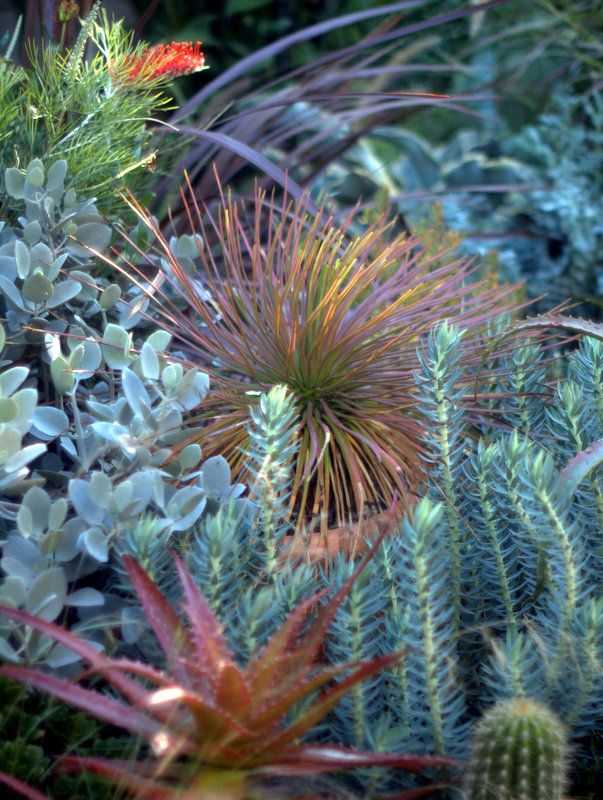
The cooler nights are bringing out some ruddy color again on Agave geminiflora, which is kept in a container so it rises above surrounding plants.
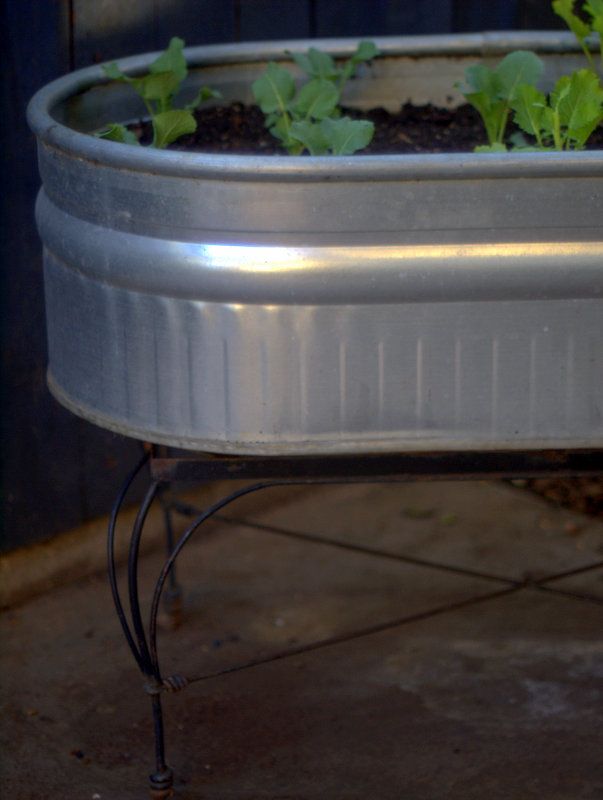
The stock tank winter vegetable garden was planted this week, the first purposeful use made of this tank I’ve had a few years. All summer it held odds and ends of cuttings along with summer-stressed aeoniums and other bits of succulents. Basically it became the garden’s junk drawer. Two kinds of broccolini were planted, side-shooting broccolis that don’t form a big central head and that can be picked over a longer period of time. And I’ll probably interplant radishes amongst them, French breakfast and watermelon radishes. Getting the tank up on this old wrought iron table base exposes the plants to more sun throughout the day.
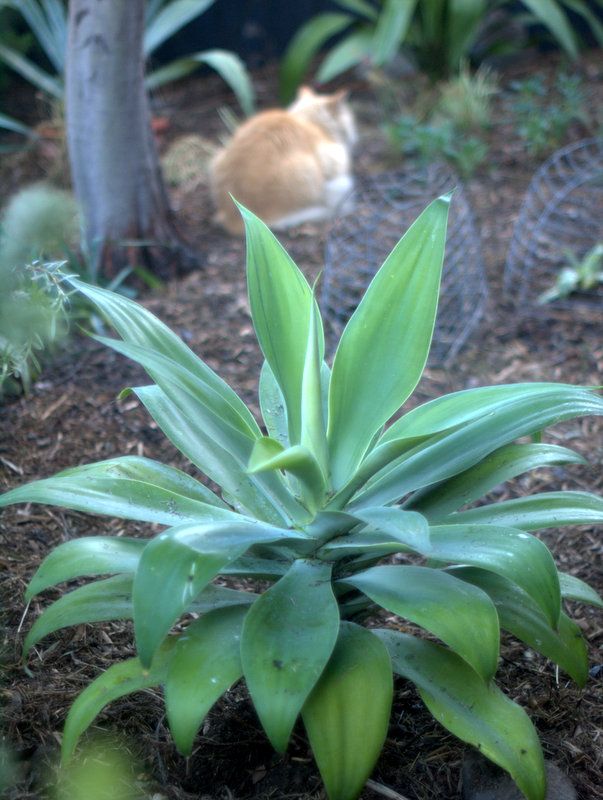
One of the stock tank’s temporary residents moved to make room for vegetables was an Agave ‘Kara’s Stripes’ pup that grew to quite a massive size. More and more agaves are migrating to the area under the fernleaf acacia, since they don’t mind the root competition and dry soil. A couple of ‘Joe Hoaks’ are being protected by those baskets from lounging felines and/or digging raccoons and possums.
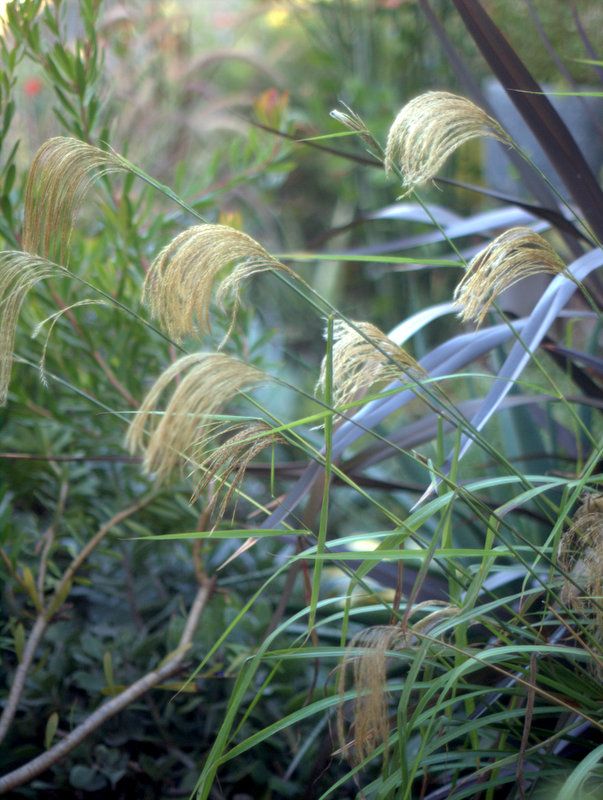
The Miscanthus nepalensis that I mailed home from England’s Great Dixter Plant Fair last fall is proving to be well worth the trouble.
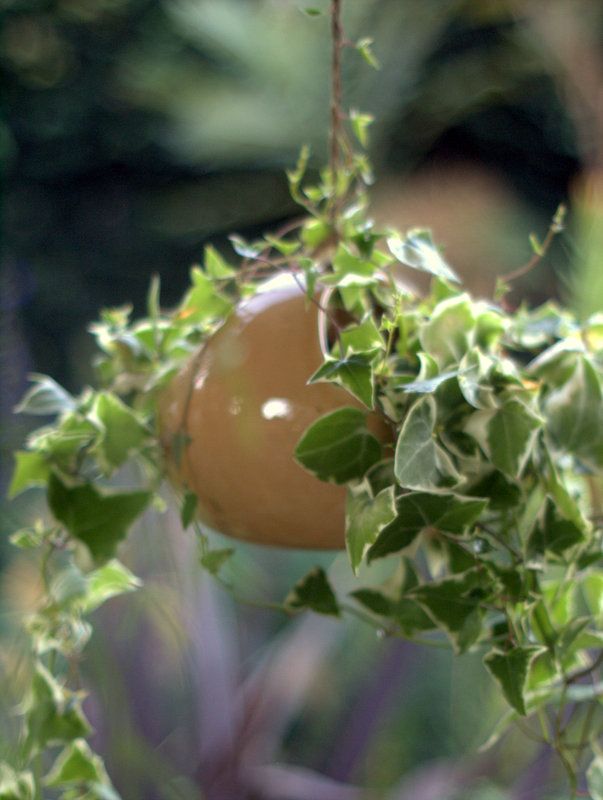
An odd ivy lookalike I found while running to the nursery for potting soil, Senecio macroglossus.
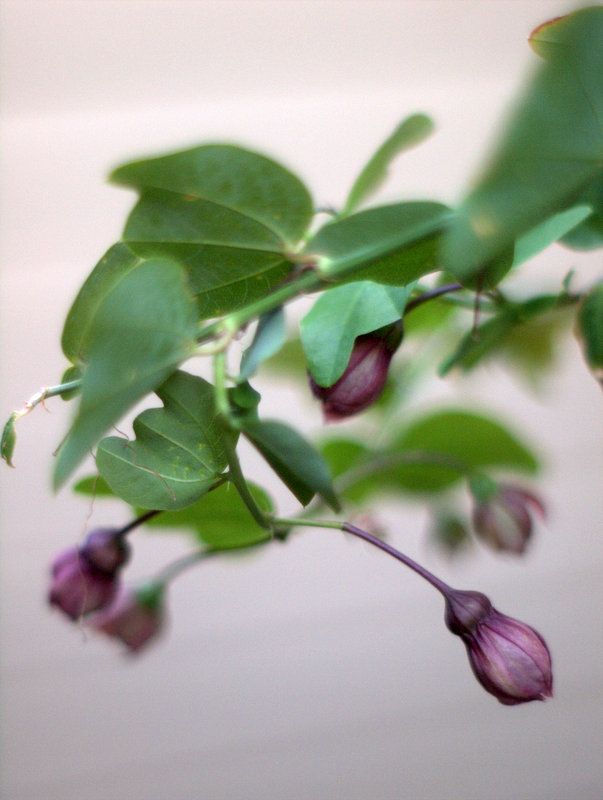
Passiflora ‘Flying V’ is waking up after a looong summer snooze.
Time to put the journal down — enjoy your weekend!

systemic imidacloprid for aloe mite. My plicatilis is clean several years on.
formalin extremely effective, but a known carcinogen–too nasty for me.
S. discolor 5×5 here, though the flowers were 365 days per year.
You mailed yourself a plant home from the UK! Great idea!
mulch and the raccoons show up–no good deed goes unpunished.
Hoov, that stuff scares me, but I’m glad your plicatilis is still clean. 5X5 for discolor! And here I thought this was one of the smaller ones…
I was hoping for a photo of your new ‘Raspberry Truffle’ too. I saw photos of it at the summer Hardy Plant Study Weekend, and was considering ordering from Flowers By The Sea, but couldn’t commit to it. I hope they all thrive for you in pots.
In my experience aloe mite just comes, new plants or not. (No new plants here in eons.) It gets on the flower spikes first — A. nobile (Gold Tooth), arborescens (some, but not all), Buena Creek, and ‘Blue Elf’. It seems to come from the sky — wind, breezes, hummingbirds or bees — no ants around. Aloes without blooms — ‘Blizzard’ a hybrid, vera — don’t have it. Then I noticed how I was watering with an hand held sprinkler on “shower” and watched the water dripping down the stem. I am changing how I water them in case it helps. Each person has their of way of dealing with it. I just whack the affected part off and wait till next year and repeat. Aloe nobile is clean. The plants are all thriving. But the aloe mite is particularly bad this year. An environmental cause?
“so many containers”…oh yes, the damn containers and I love every one. I’ve never ordered from Salvias by the Sea, though I peruse their website a lot, hoping they will have an open house of sorts some day. They seem to keep a low profile.
Fortunately that Aloe mite has not visited here, but frost does and that is my challenge with Aloes. It’s the 20’s that must be prepared for.
Your Salvias do so much better than mine. Only South African Salvia lanceolata and clevelandii have been reliable here, although the S. discolor I thought I’d dug out after it was pulverized by the July heatwave has resurrected itself. Maybe I’ll try some of those I’ve repeatedly killed, like ‘Amistad’ and ‘Limelight’, in pots. I hope you manage to control the mite problem. I’ve seen this “cancer” in the bed at the entrance to our neighborhood (my husband and I dug up and discarded the affected plants) but I’ve avoided personal contact thus far.
@Alison, it’s got a couple buds forming so I’ll get a photo for you as soon as poss!
@Jane, it is weird this year. cameronii has been in the ground years and is not in close proximity to the other aloe that erupted this year. I’m not ready for the big guns/miticides and doubt I ever will, so my approach is similar to yours.
@Kathy, that zone 8/frost can be a blessing sometimes!
@Kris, I wonder if your semi-enclosed/protected cutting garden area might be the spot to trial some of these big salvias, and I bet they’d love those raised beds too.
Darned Santa Ana Winds! Your salvia strategy sounds great. “Autumn plans…summer implementation.” made me laugh – so true!